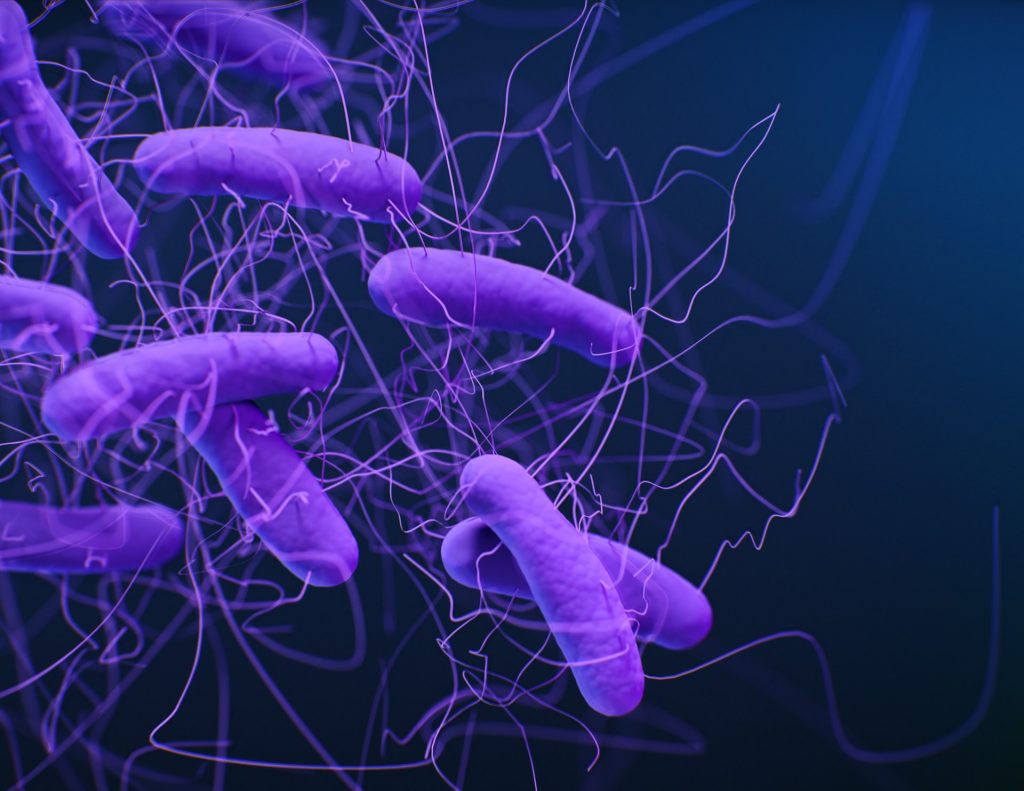
A team of investigators has identified metabolic strategies used by Clostridioides difficile to rapidly colonise the gut, which involve a metabolic ‘jump start’. In addition, the findings identify methods to better prevent and treat the most common cause of antibiotic-associated diarrhoea and healthcare-acquired infections (HAIs). The team’s results are published in Nature Chemical Biology and have important implications for antibiotics and the study of metabolites.
“Investigating real-time metabolism in microorganisms that only grow in environments lacking oxygen had been considered impossible,” said co-corresponding author Lynn Bry, MD, PhD, director of the Massachusetts Host-Microbiome Center. “Here, we’ve shown it can be done to combat C. difficile infections – and with findings applicable to clinical medicine.”
“C. difficile is the leading cause of hospital-acquired infections and a leading cause of antibiotic-associated diarrhoea. Understanding its metabolic mechanisms at a cellular level may be useful for preventing and treating infections,” said co-senior author Leo L. Cheng, PhD, an associate biophysicist in Pathology and Radiology at MGH and an associate professor of Radiology at Harvard Medical School.
The anaerobic C. difficile causes infections by releasing toxins that allow the pathogen to obtain nutrients from damaged gut tissues. Understanding how C. difficile metabolises nutrients while colonising the gut could inform new approaches to prevent and treat infections.
To complete their study, Bry and Cheng used a technology called high-resolution magic angle spinning nuclear magnetic resonance spectroscopy (HRMAS NMR) to study real-time metabolism in living cells under anaerobic conditions. The team incorporated computational predictions to detect metabolic shifts in C. difficile as nutrient availability decreased, and then developed an approach to simultaneously track carbon and nitrogen flow through anaerobe metabolism. The researchers identified how C. difficile jump-starts its metabolism by fermenting amino acids before engaging pathways to ferment simple sugars such as glucose. They found that critical pathways converged on a metabolic integration point to produce the amino acid alanine to efficiently drive bacterial growth.
The study’s findings identified new targets for small molecule drugs to counter C. difficile colonisation and infection in the gut and provide a new approach to rapidly define microbial metabolism for other applications, including antibiotic development and the production of economically and therapeutically important metabolites.
Source: Mass General Brigham

